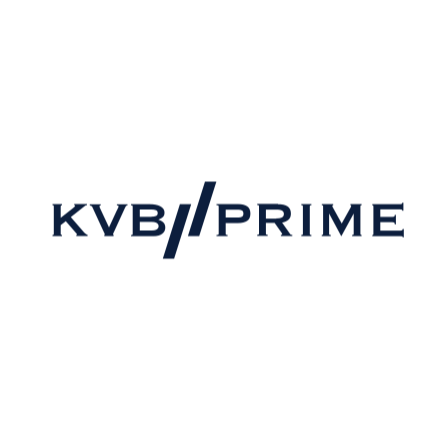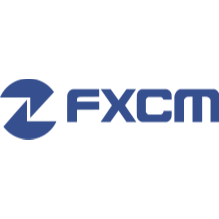High-Yield Bond
A high paying bond with a lower credit rating than investment-grade corporate bonds, Treasury bonds and municipal bonds. Because of the higher risk of default, these bonds pay a higher yield than investment grade bonds.
Based on the two main credit rating agencies, high-yield bonds carry a rating below 'BBB' or from S&P, and below 'Baa' from Moody's. Bonds with ratings at or above these levels are considered investment grade. Credit ratings can be as low as 'D' (currently in default), and most bonds with 'C' ratings or lower carry a high risk of default; to compensate for this risk, yields will typically be very high.
Also known as "junk bonds".
 |
|
| Watch: Understanding Bonds |
|||All "junk" connotations aside, high-yield bonds are widely held by investors worldwide, although most participate through the use of mutual funds or exchange-traded funds. The yield spread between investment grade and high-yield will fluctuate over time, depending on the state of the economy, as well as company and sector-specific events.
Generally, investors in high-yield bonds can expect at least 150 to 300 basis points greater yield compared to investment-grade bonds at any given time. Mutual funds provide a good way to gain exposure without the undue risk of investing in just one issuer's junk bonds.
熱門資訊更多
在美國和歐元區數據密集的一周到來之前,歐元/美元回吐日內漲幅
04/29 18:14
福匯FXCM
以太坊門爭議再起,瑞波幣跌至0.50美元,瑞波幣首席技術官辯論對訴訟的影響
04/29 18:05
福匯FXCM
日元兌美元維持在155.00附近的強勁漲勢
04/29 18:00
福匯FXCM
NZD/JPY 當日內: 看跌,在 93.18 之下。
04/29 16:22
KVB昆侖國際
英鎊/日元 當日內: 看跌,在 195.78 之下。
04/29 16:21
KVB昆侖國際
歐元/日元 當日內: 看跌,在 167.41 之下。
04/29 16:21
KVB昆侖國際






